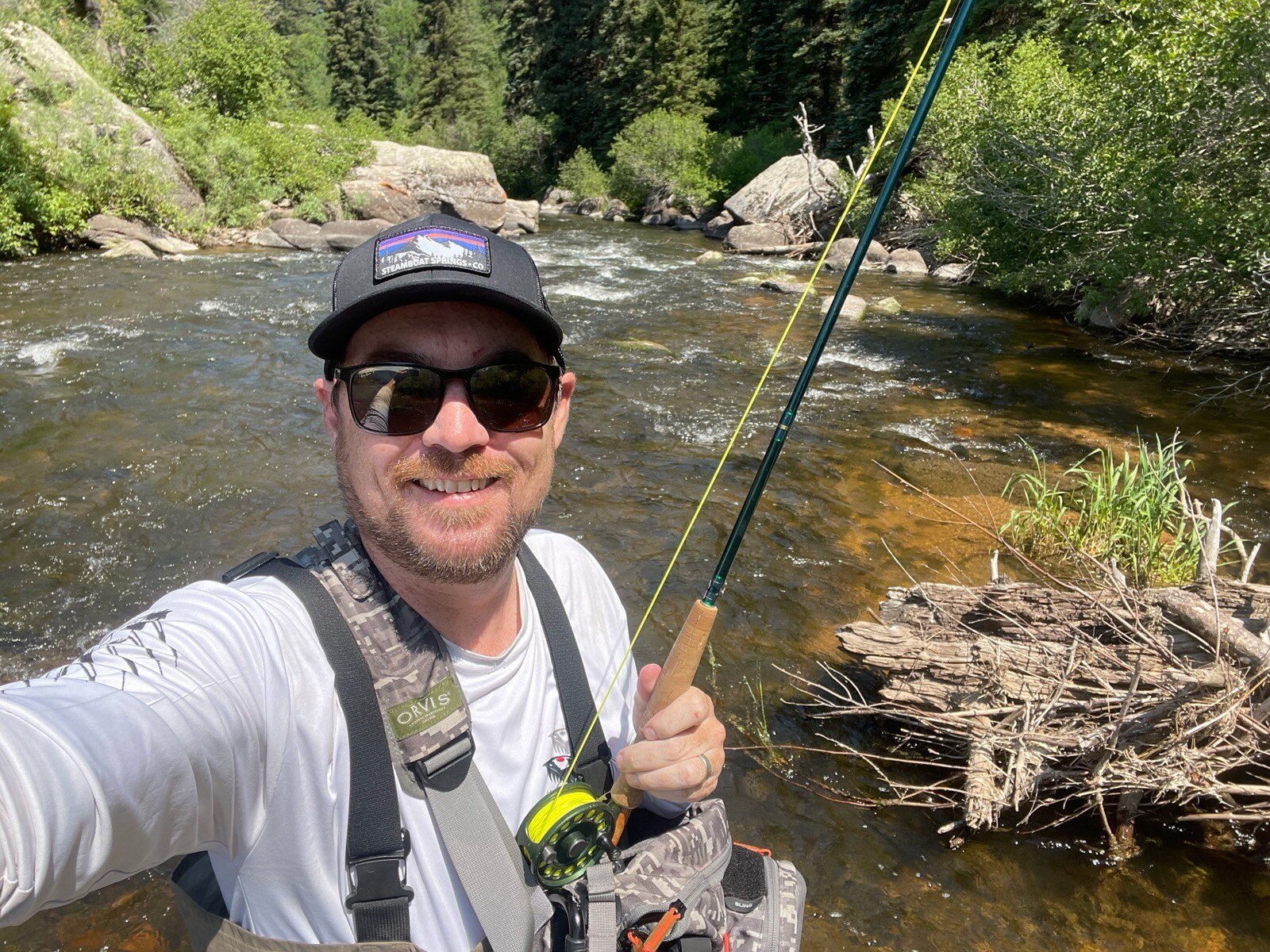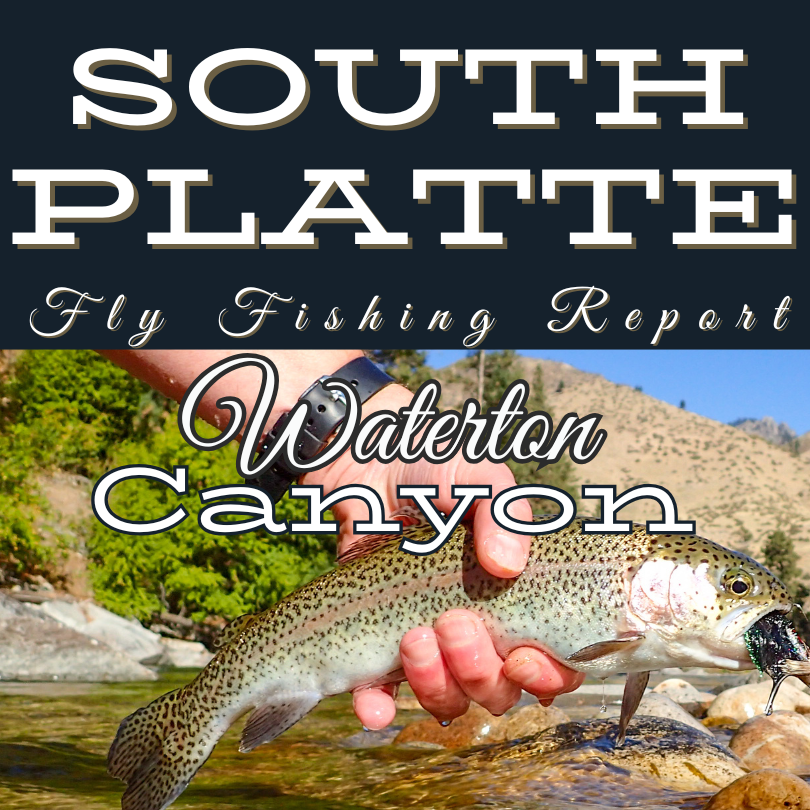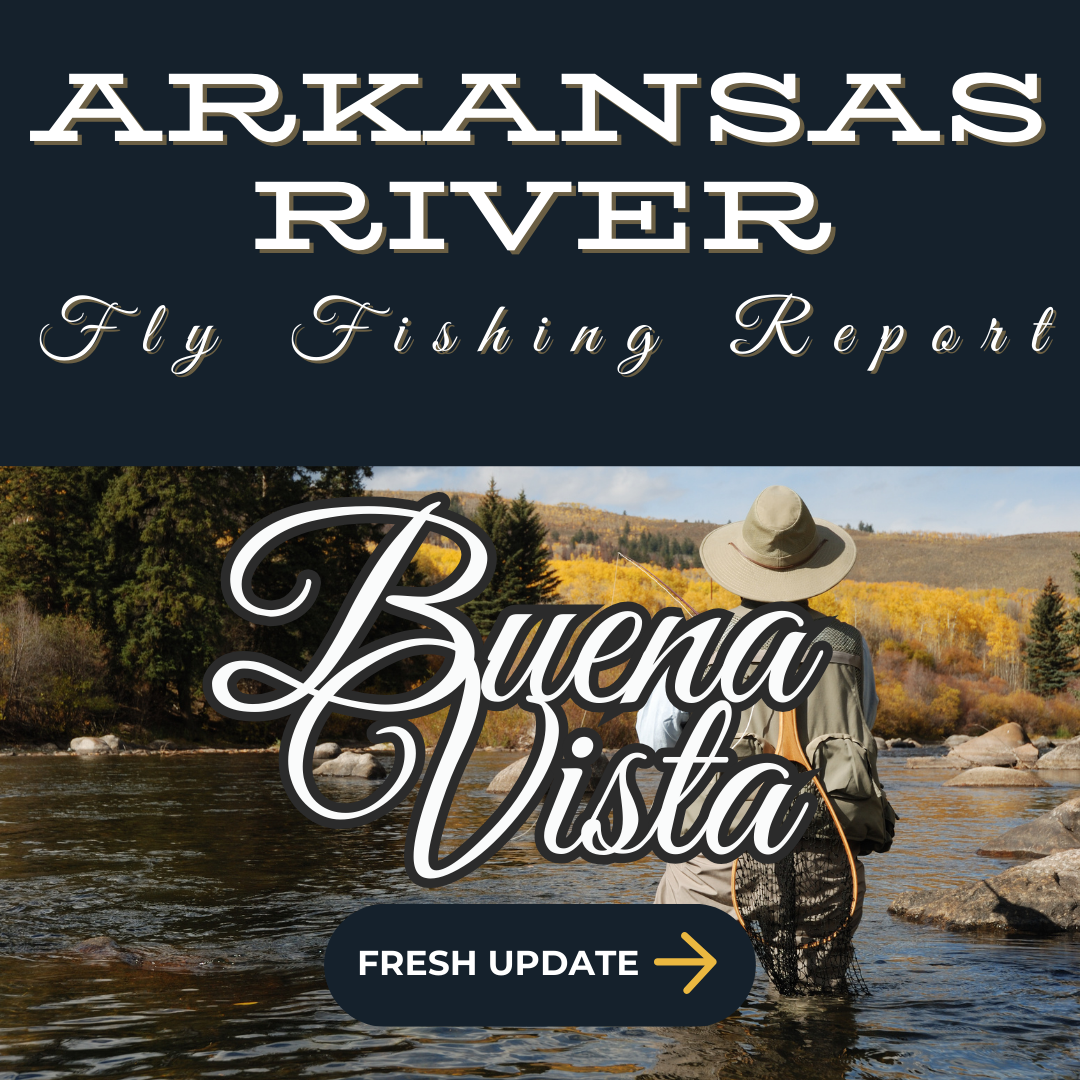Discover the secrets of midges and how to improve your fly fishing game by matching the hatch perfectly.
Understanding Midges: The Tiny Flies That Pack a Punch
-1.png?width=600&height=400&name=fly%20fishing%20in%20colorado%20(34)-1.png)
Listen to the Podcast!
Midges, those tiny flies commonly associated with fly fishing, may be diminutive, but their impact on fishing success is small. Understanding the behavior and characteristics of midges is crucial for any fly fisherman looking to improve their game.
Belonging to the order Diptera, which encompasses flies, mosquitoes, and gnats, midges are recognized for their slender bodies and delicate, feathery antennae. Ranging in size from a mere 1/32 of an inch to a substantial 1 inch, these small flies can vary significantly in size.
One of the most notable attributes of midges is their capacity to hatch in large numbers. This makes them a vital food source for fish, particularly in bodies of water such as rivers and lakes where they are abundant. The prolific hatches of midges often lead to feeding frenzies among fish, making them a prime target for fly fishermen.
Recognizing midge patterns is essential for fly fishing success. Different species of midges exhibit distinct patterns and colors, and the ability to discern these variations can greatly enhance a fisherman's chances of success on the water.
Despite their small stature, midges play a significant role in the world of fly fishing. By comprehending their behavior and distinctive patterns, anglers can greatly elevate their fly fishing experience and increase their likelihood of landing that prized trophy fish.
Identifying Midge Patterns: Tips for Effective Matching

When it comes to successful fly fishing, being able to identify midge patterns is absolutely crucial. To enhance your skills in this area, consider the following tips. Firstly, pay close attention to the size and color of the midges you observe on the water, as different species can vary significantly in these aspects.
Secondly, take note of the silhouette of the midges, carefully observing the shapes and proportions of their bodies, wings, and legs. Matching the silhouette can significantly improve your chances of success. Next, observe the behavior of the midges - are they floating, diving, or emerging?
This can provide valuable insight into their lifecycle stage and guide your choice of fly pattern. Finally, don't hesitate to use a magnifying glass to get a closer look at the midges' patterns and characteristics, especially when they are particularly small and hard to see. By sharpening your skills in identifying midge patterns, you'll become a more adept fly fisherman and greatly increase your chances of a successful day on the water.
Techniques for Fishing Midges: Nailing the Presentation
Fishing midges requires precision and attention to detail. Here are some techniques to help you nail the presentation and increase your chances of hooking that elusive fish:
Use a light tippet
Midges are small and delicate flies, so it's important to use a light tippet to avoid spooking the fish. A light tippet will allow for a more natural drift and increase your chances of getting a bite.
Downsize your fly
Midges are tiny insects, so it's important to downsize your fly pattern accordingly. Use small flies that closely match the size and color of the midges on the water.
Focus on the drift
The drift is crucial when fishing midges. Make sure your fly drifts naturally with the current, mimicking the behavior of the midges. Avoid drag or any unnatural movements that could deter the fish.
Use a strike indicator
Fishing midges often requires subtle strikes that can be difficult to detect. Using a strike indicator can help you notice even the slightest movement, increasing your chances of setting the hook at the right moment.
Seasonal Considerations: When and Where to Find Midges
Knowing when and where to find midges is essential for successful fly fishing. In spring, as temperatures rise, midges become more active, making it a great time to fish for them in slow-moving or still waters like ponds, lakes, and river backwaters. During summer, midges remain active, especially in calm sections of rivers and streams, with early mornings and evenings being the best times to fish for them.
In fall, as water temperatures cool down, midges become even more abundant, making tailwaters below dams and slow-moving sections of rivers and lakes ideal spots to find midge hatches. Despite the cold temperatures, midges can still be active in winter, particularly in tailwaters and spring creeks where water temperatures remain relatively stable.
Focusing on fishing midges during the warmest part of the day can increase your chances of a successful catch. Understanding these seasonal patterns will help you plan your fishing trips and improve your chances of encountering these important insects on the water.
.png?width=300&height=100&name=Copy%20of%20Rise%20Beyond%20Logo%2012.31.24%20(300%20x%20100%20px).png)



